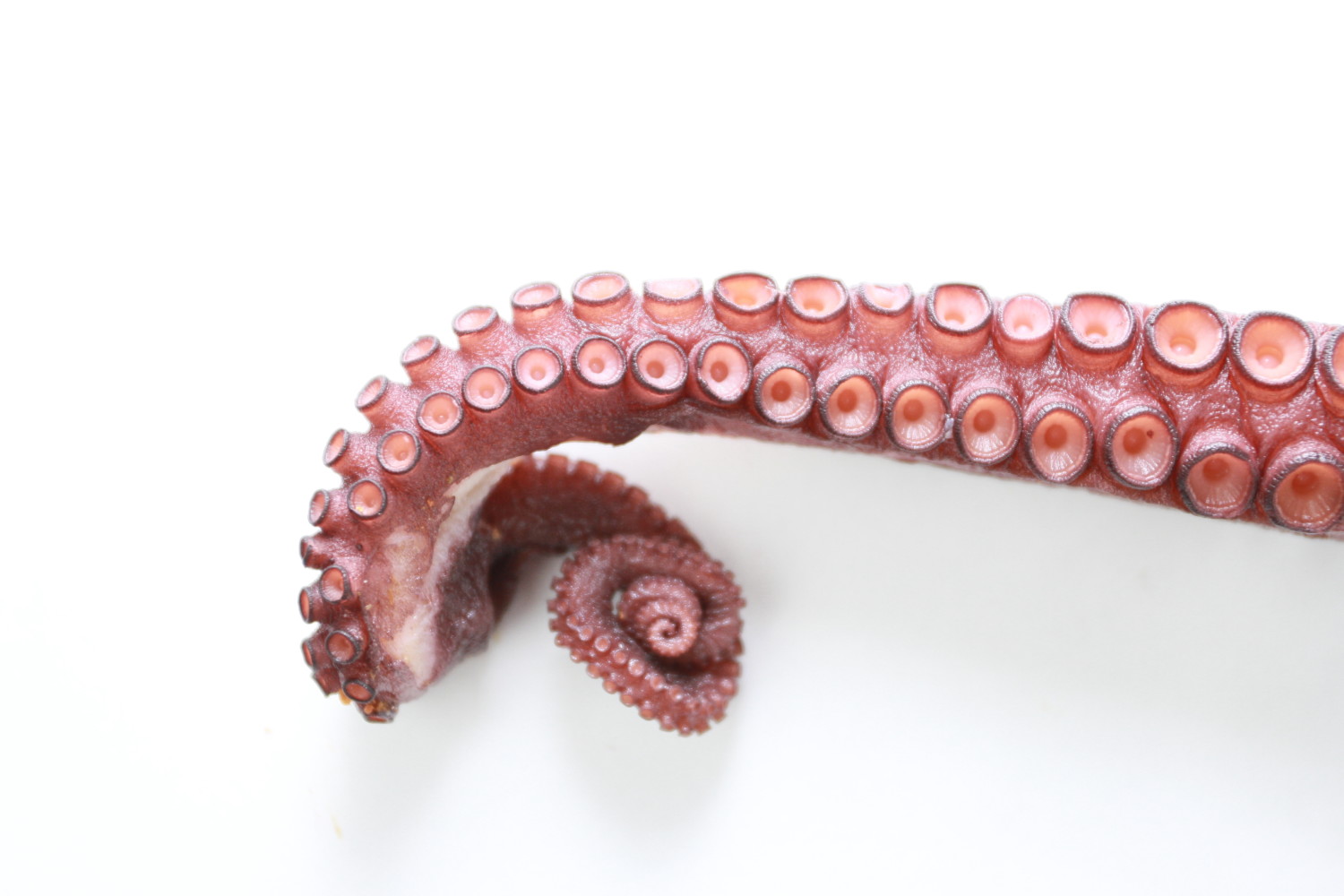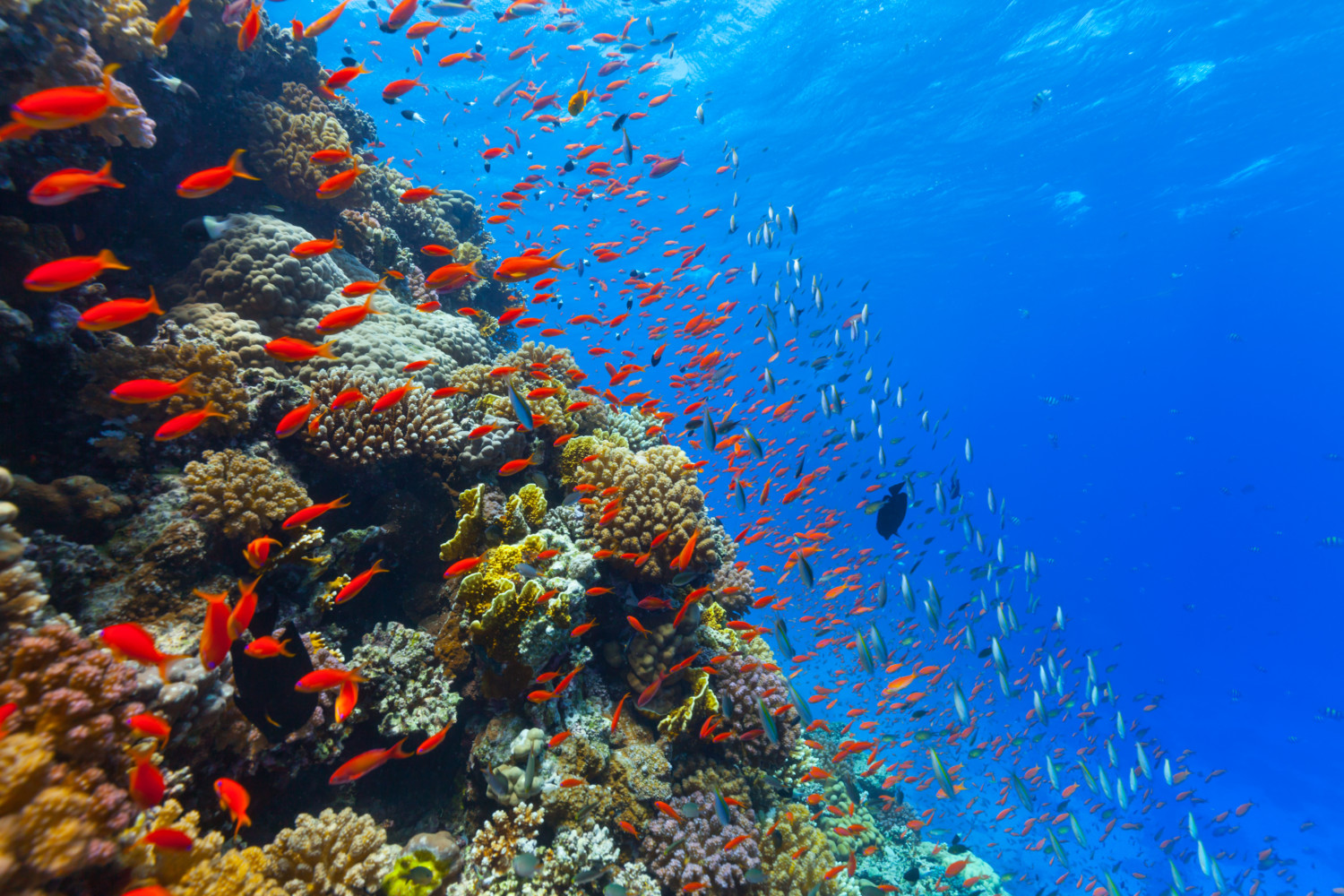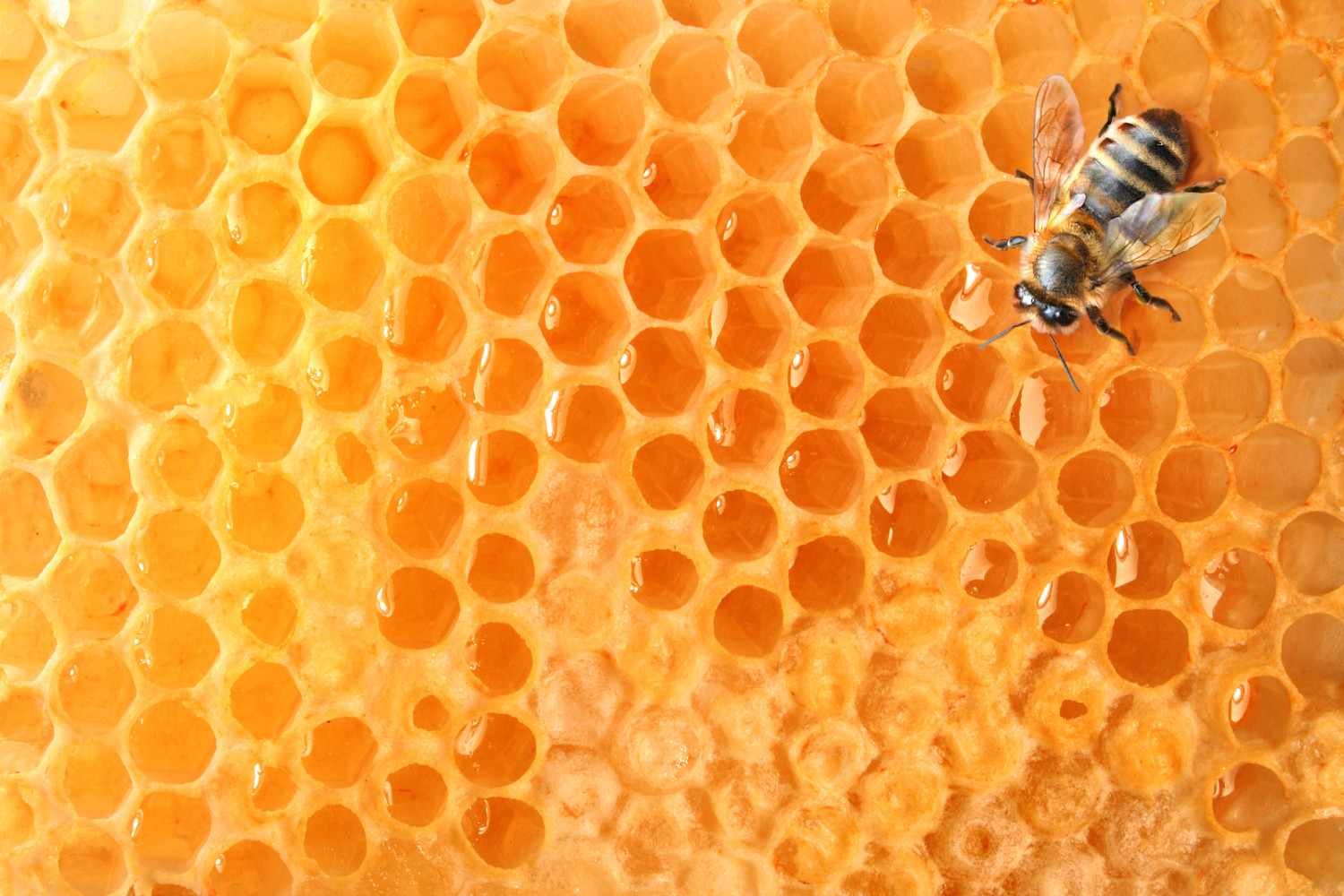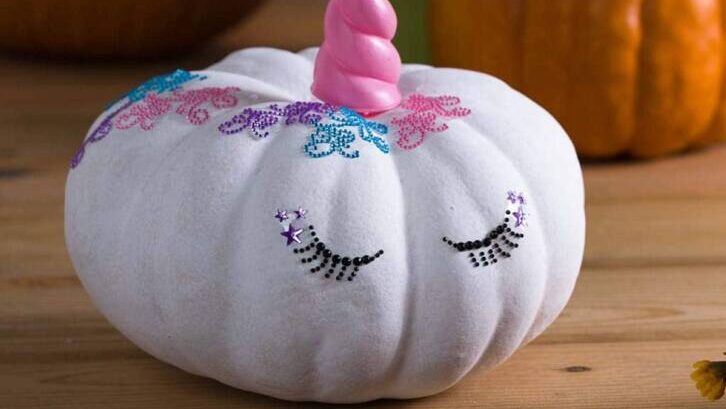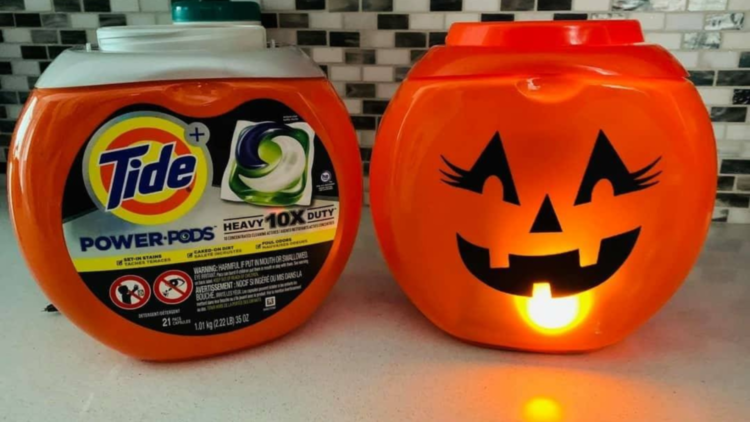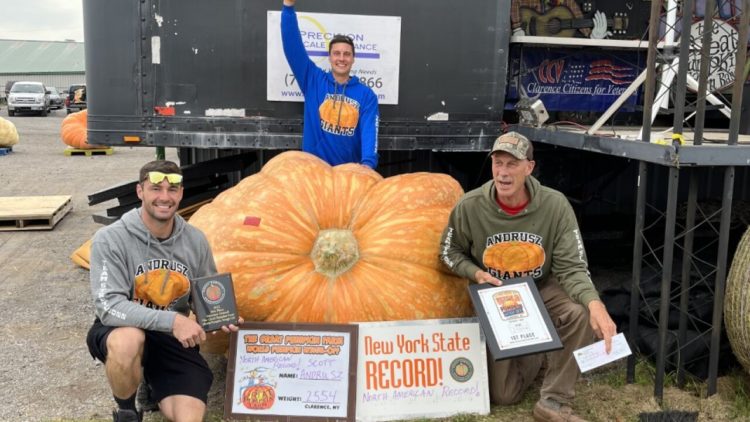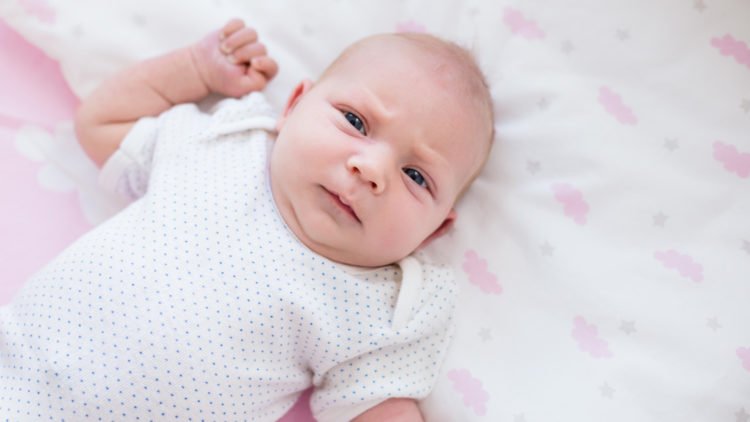This is what it feels like to have trypophobia, fear of holes
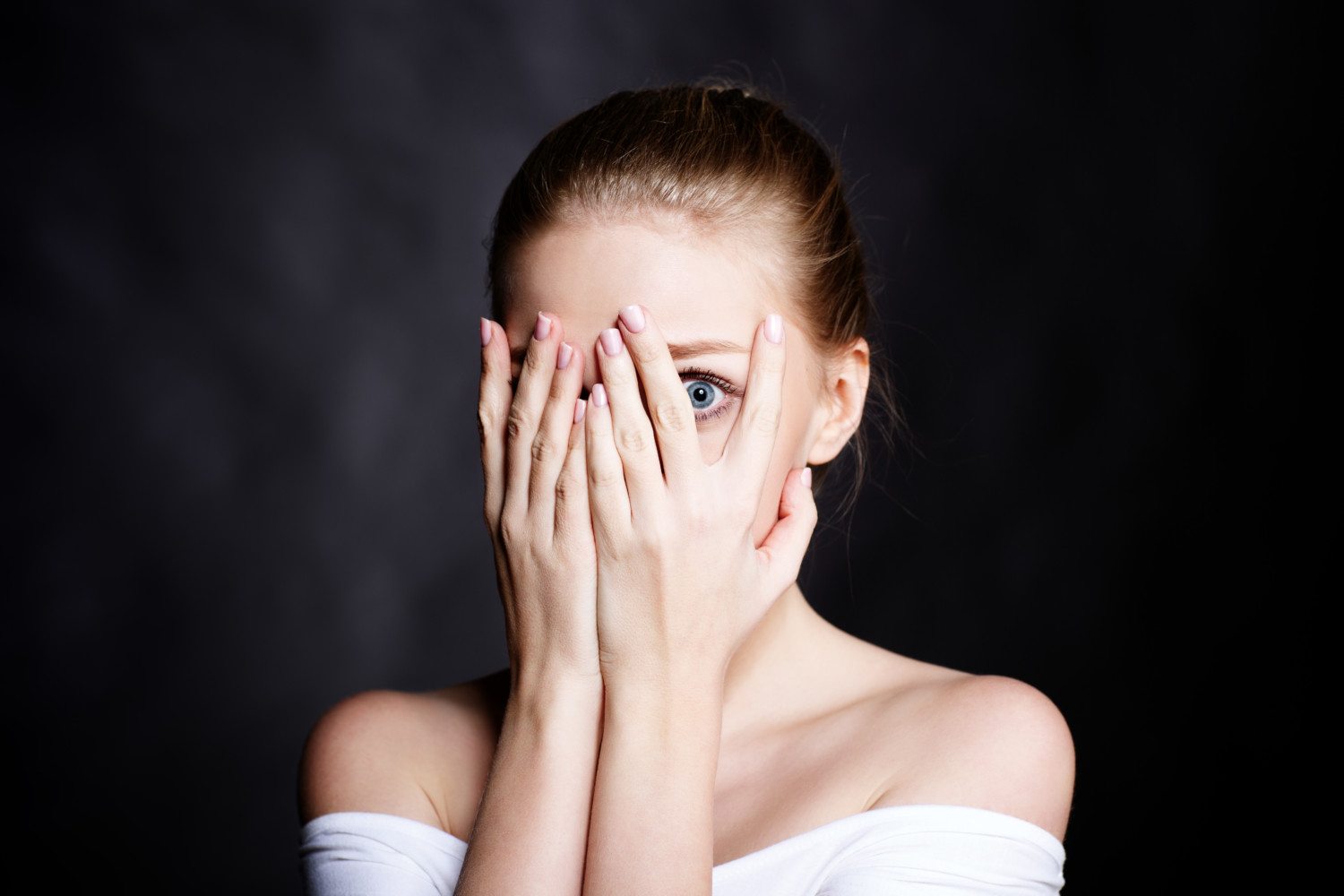
- April 29, 2019 |Last updated on 01/07/2022
Editor’s Note: This story includes images that could cause distress for readers with trypophobia.
Back in middle school, my class went on a field trip to a honey farm. The beekeeper, I remember, held up honeycomb while telling us about the art of harvesting honey. I felt my stomach begin to churn, and I averted my eyes from the honeycomb’s cluster of hexagonal holes.
“Don’t worry, there are no bees hiding out in this one!” the beekeeper assured, as I had made, well, a beeline to the back of the group to hide out behind the teachers and chaperones.
In that moment, I decided it was far easier to feign fear of bees than try to explain it was actually the honeycomb, with its cluster of symmetrical holes, that was repulsing me.
Fast forward a couple of decades and I learned my somewhat bizarre, lifelong fear of holes has a name: trypophobia. While it’s not officially recognized in the American Psychiatric Association’s Diagnostic and Statistical Manual of Mental Disorders, which includes a compendium of phobias, it is beginning to gain more attention in both pop culture and academic research, and, as it turns out, it affects a lot of people.
What It’s Like To Have Trypophobia
The best way that I can describe trypophobia is by saying it’s the visual equivalent of hearing nails scratch across a chalkboard. Seeing clusters of holes makes me squirm, and the worst offenders induce nausea.
Aside from honeycombs, clusters and patterns of holes surprisingly pop up in a lot of places. Sponges, pomegranates and chia seeds, for instance, all trigger it for me. I also loathe bumpy pumpkins that look like they have warts. Come fall, I order my groceries online to avoid seeing them at the front of grocery stores. Sounds dramatic, yes? But sometimes the lumpy pumpkins are coupled with lotus pods, which is the ultimate visual assault in my book.
Also, I completely lose my appetite if someone at the table orders octopus. (I’m a food writer, and octopus started becoming popular in recent years at restaurant openings.) The dimensional, raised suction holes on the creature’s tentacles sets off my trypophobia more than anything else.
I recognize that trypophobia can sound like a silly, irrational fear. (I suspect this is why no one has really talked about it in the public discourse until recently.) The first time I was scuba diving, I was less concerned about being 55 feet underwater with an oxygen tank strapped to my back than I was with catching a surprise glimpse of coral and not being able to avert my gaze quickly enough. As a biology student in college, explaining that I had trouble studying for the test because the clusters of cells were grossing me out sounded more ridiculous than, “My dog ate my homework.” I get it; it’s weird.
But, is trypophobia — which gives me goosebumps and turns my stomach — actually a phobia?
I posed this question to Daniel Chazin, Ph.D., a licensed clinical psychologist who practices in Pennsylvania and specializes in anxiety and obsessive-compulsive disorders.
“For many, disgust — more than anxiety or fear — tends to be the predominant emotional response,” Chazin said in reference to trypophobia.
While Dr. Chazin has been working with clients with anxiety and related disorders for years, the first time he said he heard clients complain of a fear of holes was around 2013 or 2014, shortly after articles about trypophobia began to pop up in the mainstream media.
“It is possible that as clients have read more about the problem, they are more likely to report and discuss their symptoms, and that this, in turn, has prompted more press and increasing scholarly research,” Chazin said.
In January 2018, Emory University researchers published their own findings backing up the idea that the aversion to holes may be driven more by disgust than fear. They theorized that clusters of holes may be an evolutionary indicative of contamination and disease, which could be visual cues for rotten or moldy food or infected skin.
Trypophobia in Pop Culture
In 2016, model and reality star Kendall Jenner put a major public face on trypophobia, admitting that honeycombs and the little bubbles that form while making pancakes both set her off. It was the first time I felt like I could relate to a Kardashian.
Then, in 2017, FX’s promotional materials for “American Horror Story: Cult” prompted further discussions about the fear of holes as trypophobia became a key part of the season. The show’s main character, Ally Mayfair-Richards, is overwhelmed by holes in her soufflé and a coral in her therapist’s office. One woman told CNN that advertisements for the show, which included digitally altered images of holes on body parts, triggered a panic attack.
As it turns out, the aversion to clusters of holes is fairly common. According to University of Essex scientists who pioneered research on the fear of holes, about 16% of people have some form of trypophobia, which could range from mild disgust to full-on panic attack. (I probably fall somewhere in the middle.)
The researchers at Essex also believe there is an evolutionary explanation: Clusters of holes trigger adverse reactions because they are reminders of visual features on animals that could pose danger to humans. Examples referenced in the study include blue-ringed octopus, deathstalker scorpions and king cobra snakes.
“We think that everyone has trypophobic tendencies even though they may not be aware of it,” visual science expert Geoff Cole said in the news release when the research was published. “We found that people who don’t have the phobia still rate trypophobic images as less comfortable to look at than other images. It backs up the theory that we are set-up to be fearful of things which hurt us in our evolutionary past. We have an innate predisposition to be wary of things that can harm us.”
So, have you ever experienced discomfort looking at clusters of holes?



